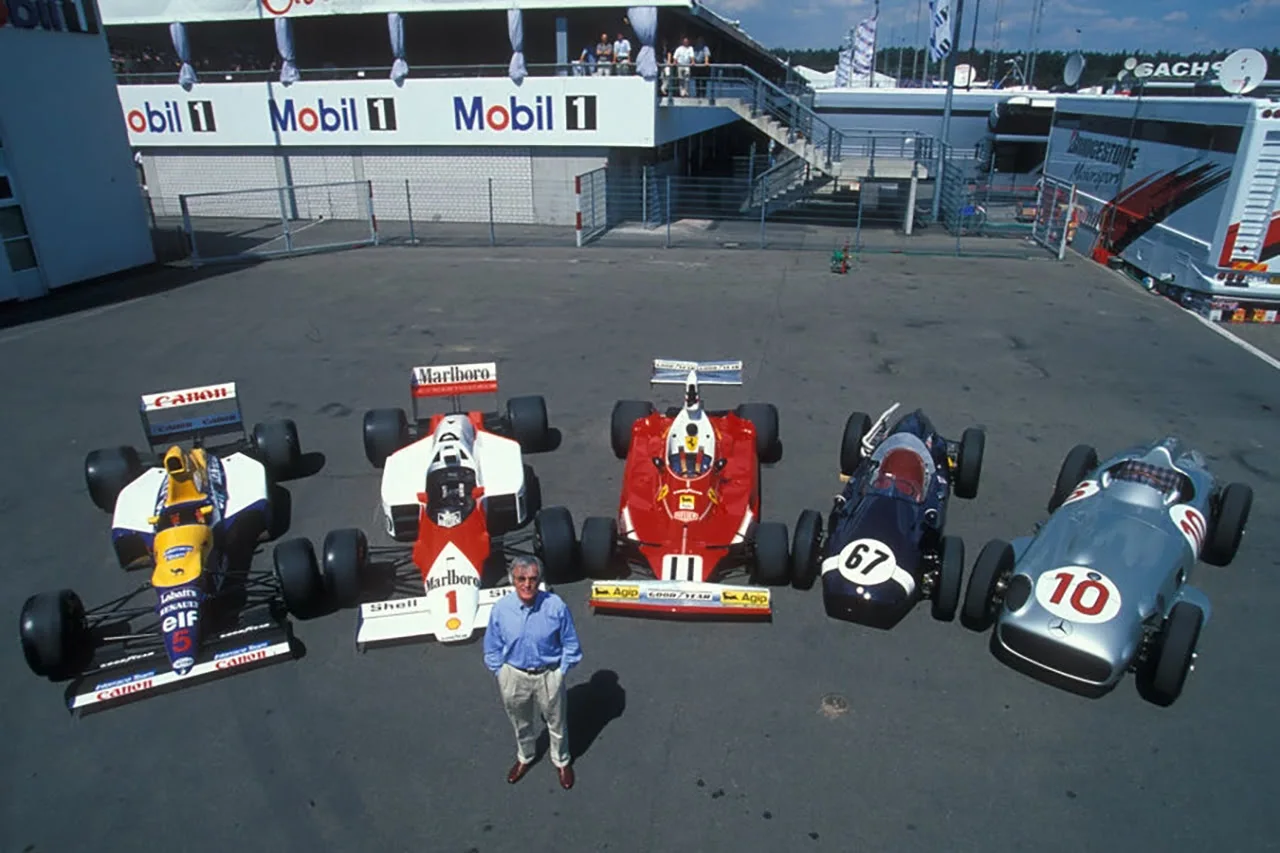Business F1 Top 20 Petrolheads: Bernie Ecclestone, the Master of every game
13 January 2024 2 min read 3 images

Photo credit: Business F1
Who doesn’t know Bernie Ecclestone? Old Bernie, as the man who made Formula One great is called, has in his long life done everything a motorsport enthusiast could dream of doing: from being a driver, a driver’s manager, and the owner of Team Brabham to owning racing circuits, and for nearly 45 years, the undisputed, feared, and respected ruler of Formula One itself. Not only that, he has also assembled the world’s largest and most prestigious collection of vintage Formula One cars. Despite his age, he turns 94 next October, Ecclestone continues to play a pivotal role in shaping the future of Formula 1 thanks to his profound understanding of the industry’s key players - including manufacturers, teams, technicians, drivers, the International Automobile Federation (FIA), and Liberty Media, who succeeded him in leading Formula 1. Now he divides his time between his homes in Switzerland, Ibiza, Brazil, and London, when he is not patrolling the decks of his yacht.
Register to unlock this article
Signing up is free and gives you access to hundreds of articles and additional benefits. See what’s included in your free membership. See what's included in your free membership.
Already have an account? Log In


